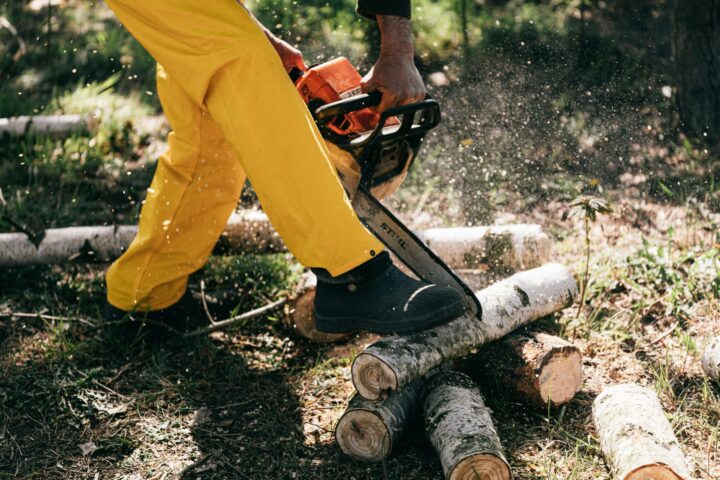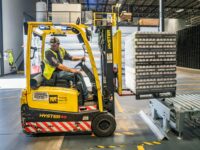The following contribution is from another author.
Safety boots are more than just part of a uniform. They are essential protective gear that shields workers from hazards across construction sites, factories, warehouses, and other demanding environments. While some people may consider them just another form of work shoes, the truth is that these boots play a vital role in reducing injuries and ensuring safety on the job.
Why Safety Boots Are Essential
Every workplace has its risks. From falling objects to slippery floors, the feet are particularly vulnerable during physically demanding tasks. Safety boots provide reinforced protection, comfort for long shifts, and stability in challenging conditions. Wearing them consistently is not only about compliance with safety regulations but also about protecting long-term health.
Protection Against Falling and Sharp Objects
One of the primary functions of safety boots is to protect against impact. Steel or composite toe caps are designed to absorb the shock of heavy objects falling onto the feet. Thick soles also prevent injuries from stepping on sharp items such as nails, broken glass, or metal fragments. Without proper footwear, even a small accident could cause serious harm.
Prevention of Slips and Trips
Slips are among the most common workplace accidents. Many safety boots are equipped with slip-resistant soles that provide traction on wet, oily, or uneven surfaces. This feature is particularly valuable in industries like construction, food processing, or manufacturing where spills and surface changes occur frequently. A sturdy grip can mean the difference between a safe step and a dangerous fall.
Support for Posture and Reduced Fatigue
Standing or walking for hours places significant strain on the body. Safety boots are designed with arch support, cushioned insoles, and shock absorption that help reduce fatigue. Proper support not only keeps workers comfortable but also helps prevent long-term issues such as joint pain or back problems. Investing in quality boots directly contributes to overall workplace productivity.
Protection Against Electrical Hazards
For electricians and workers exposed to live wires, specific types of safety boots offer insulation against electrical shocks. These boots are manufactured with non-conductive materials, minimizing the risk of serious injury. In high-voltage environments, this feature is critical and often required by safety standards.
Shield Against Weather and Chemical Exposure
In outdoor and industrial settings, workers are often exposed to extreme temperatures, water, or hazardous chemicals. Safety boots with waterproof materials keep feet dry, while insulated versions protect against cold environments. Chemical-resistant boots provide an extra layer of defense for those handling hazardous substances, reducing the risk of burns or skin damage.
Final Thoughts
Safety boots are not just another piece of equipment. They are a crucial investment in personal well-being and workplace safety. By offering protection from impact, slips, electrical hazards, and environmental challenges, they safeguard workers from risks that could otherwise lead to serious injuries. For anyone working in physically demanding conditions, choosing the right pair of safety boots is a step toward a safer and more productive career.

















Great article! Safety boots truly are an unsung hero at work. They protect, support, and keep us safe daily—definitely worth investing in the right pair.
Yeah, safety boots aren’t just gear, they’re essential for keeping workers protected and comfortable through tough shifts. Definitely worth investing in a good pair.